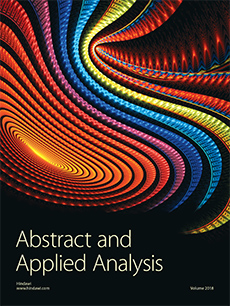Abstract
Recent psychological research indicates that consumers that search exhaustively for the best option of a market product—known as maximizers—eventually feel worse than consumers who just look for something good enough—called satisficers. We formulate a time allocation model to explore the relationship between different distributions of prices of the product and the satisficing behavior and the related welfare of the consumer. We show numerically that, as the number of options becomes large, the maximizing behavior produces less and less welfare and eventually leads to choice paralysis—these are effects of choice overload—whereas satisficing conducts entail higher levels of satisfaction and do not end up in paralysis. For different price distributions, we provide consistent evidence that maximizers are better off for a low number of options, whereas satisficers are better off for a sufficiently large number of options. We also show how the optimal satisficing behavior is affected when the underlying price distribution varies. We provide evidence that the mean and the dispersion of a symmetric distribution of prices—but not the shape of the distribution—condition the satisficing behavior of consumers. We also show that this need not be the case for asymmetric distributions.
Citation
Francisco Álvarez. José-Manuel Rey. Raúl G. Sanchis. "Choice Overload, Satisficing Behavior, and Price Distribution in a Time Allocation Model." Abstr. Appl. Anal. 2014 (SI06) 1 - 9, 2014. https://doi.org/10.1155/2014/569054





